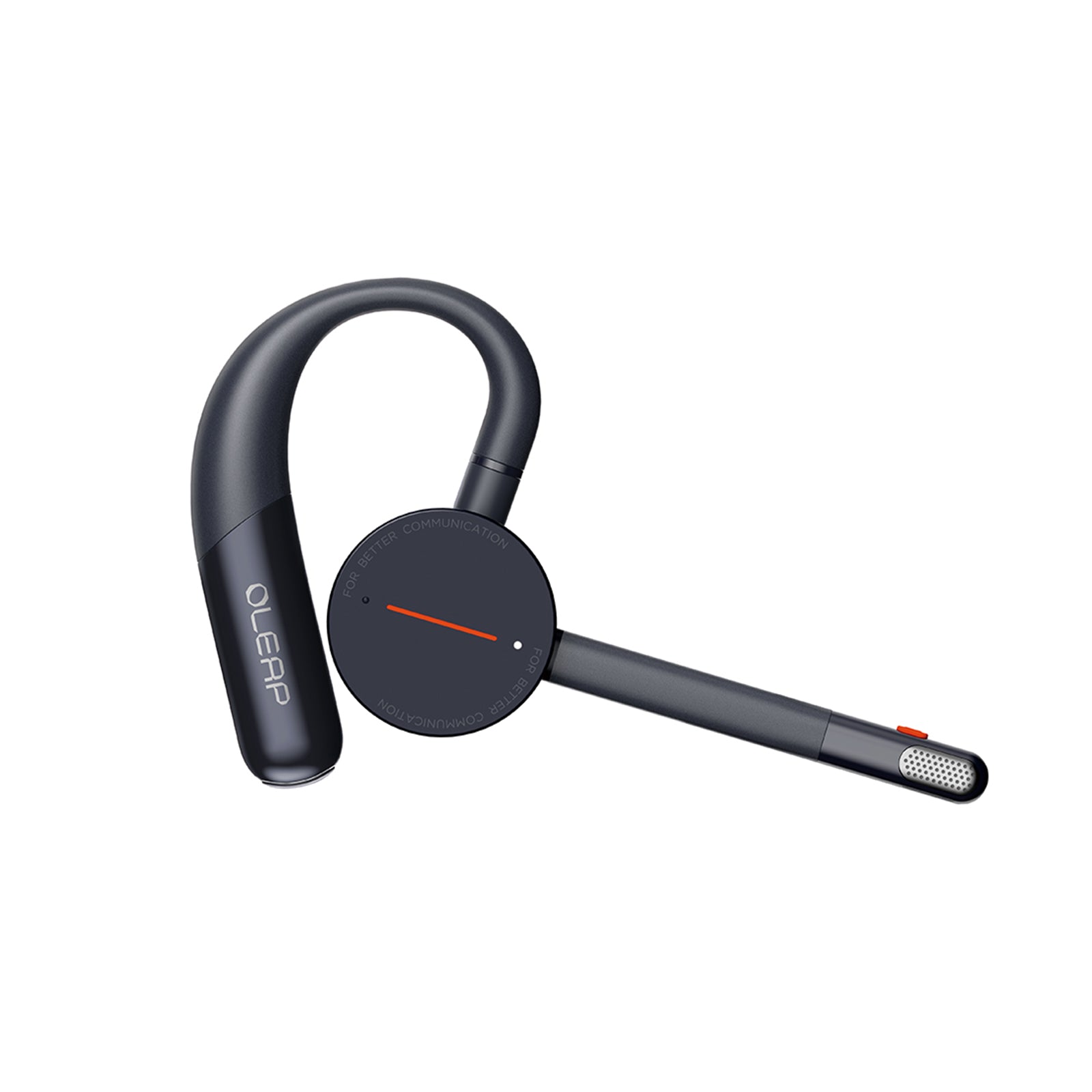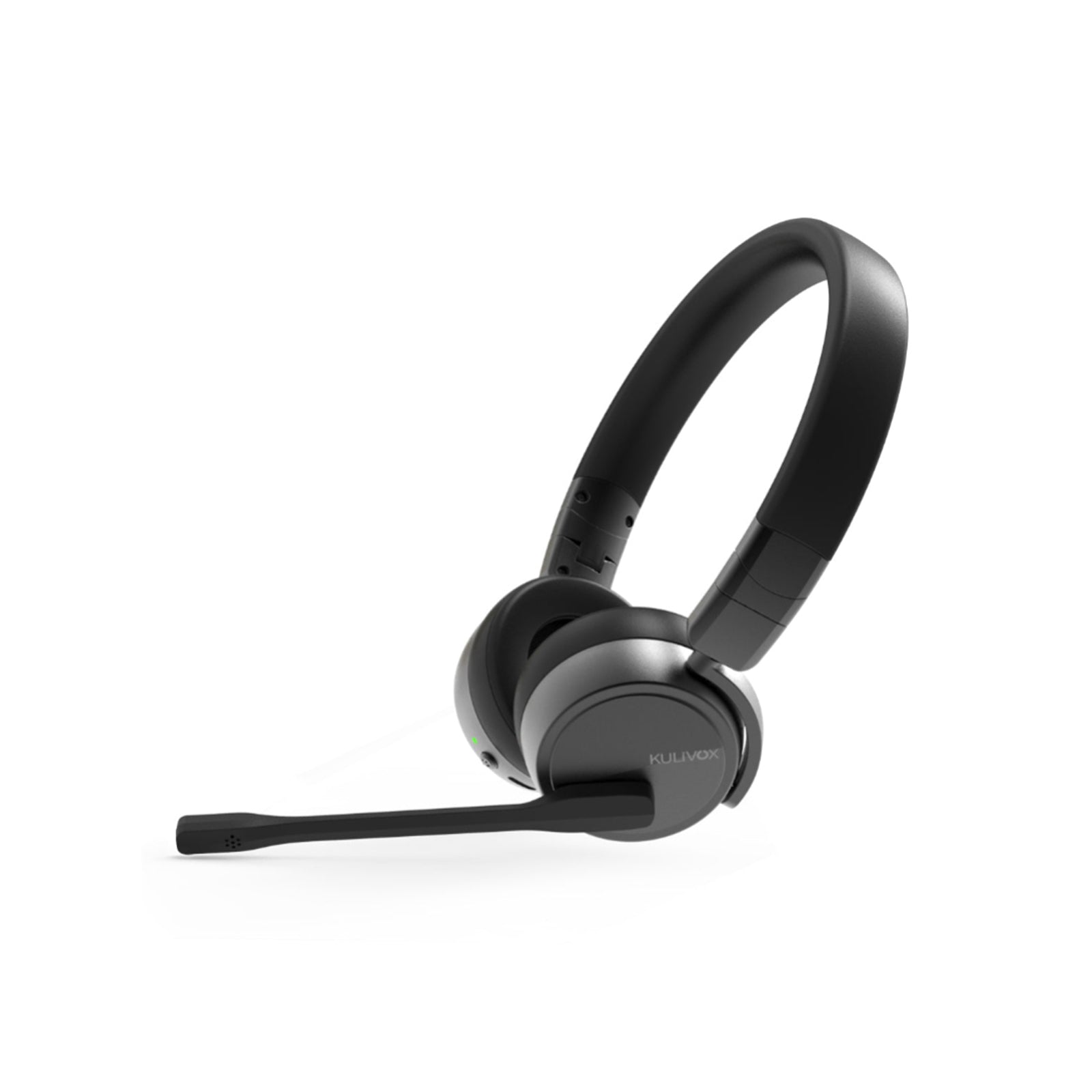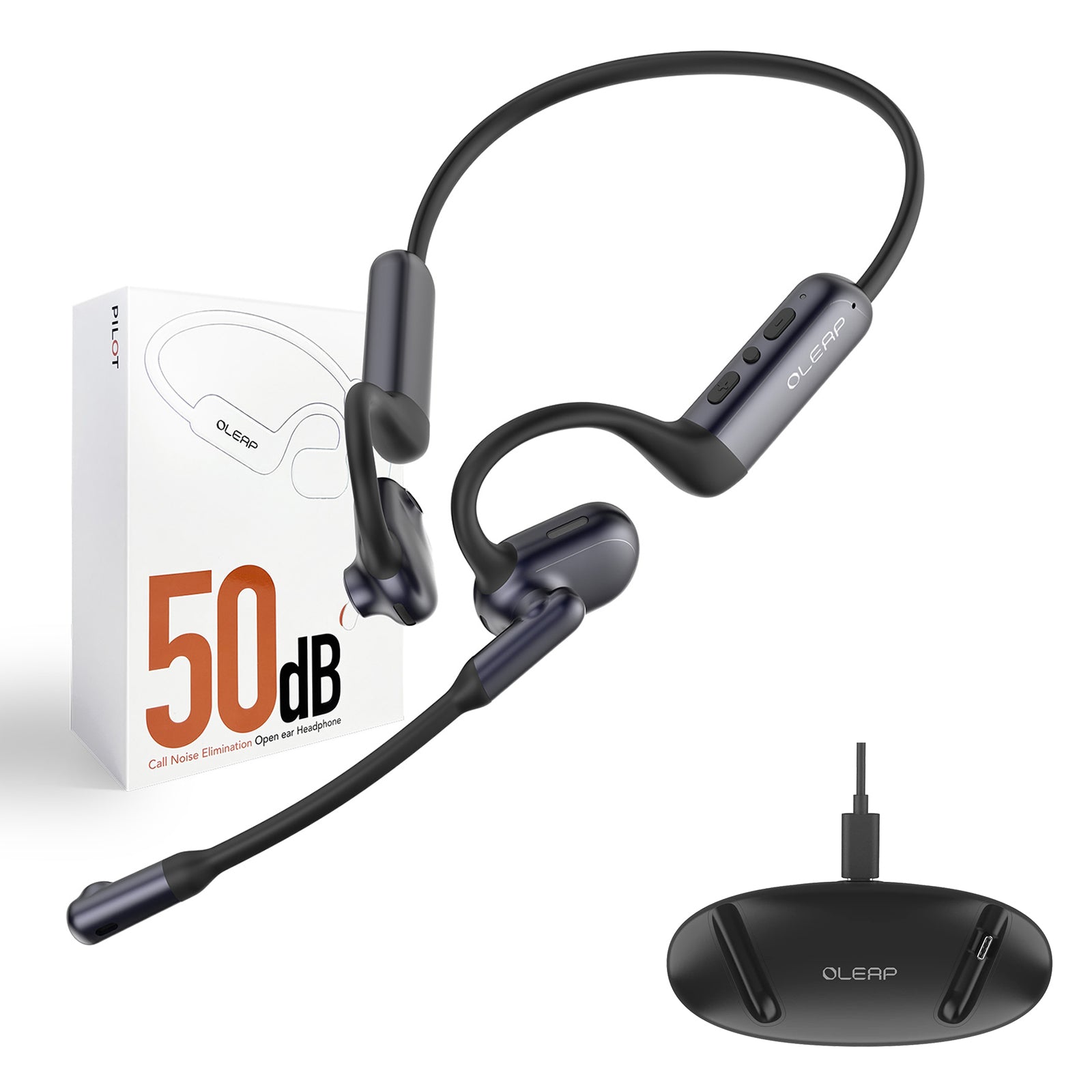In our fast-paced world, carving out moments of quiet focus can feel like an uphill battle. Whether you're battling the cacophony of a coffee shop or trying to tune out the drone of airplane engines, unwanted noise can significantly disrupt your productivity and relaxation. This is where Environmental Noise Cancellation (ENC) technology steps in, offering a sanctuary from the auditory chaos. But how exactly does ENC work its magic? Let's embark on a deep dive and explore the science behind this innovative headset feature.
Understanding the Soundscape: From Buzz to Roar
Imagine yourself in a bustling coffee shop. Traffic rumbles outside, conversations weave a tapestry of sound, and the espresso machine hisses rhythmically. This complex soundscape is composed of sound waves traveling at different frequencies. Low-frequency noises like engine rumbles and air conditioning hum create a constant undercurrent, while conversations and clinking cups occupy the mid-frequency range. High-pitched sounds like clinking silverware and the barista's call for orders fall into the high-frequency spectrum.
The Microscopic Marvels: Picking Up the Noise
Headsets equipped with ENC technology utilize strategically placed microphones, typically positioned on the exterior of the earcups. These microphones act as our auditory sentries, meticulously picking up the ambient noise in your environment.
The Processing Powerhouse: Creating the "Anti-Noise"
Once the microphones capture the external noise, the headset's digital signal processing (DSP) unit takes center stage. This tiny powerhouse acts as the brain of the ENC system. It analyzes the incoming sound waves, identifying their specific frequencies. Here's where the magic happens: the DSP generates "anti-noise" waves that are essentially mirror images of the unwanted frequencies, but inverted in phase. Think of it like flipping a wave upside down.
The Art of Cancellation: Silencing the Low Frequencies
When these inverted waves are played back through the headset's speakers, they interact with the incoming noise waves. Here's the beauty of physics: when two waves with identical frequencies meet but are out of phase (one is a peak while the other is a trough), they effectively cancel each other out. This principle is why ENC excels at eliminating low-frequency rumbles and droning noises.
Beyond Low Frequencies: The Limits of ENC
It's important to understand that ENC isn't a silent button. While it effectively tackles low-frequency noise, human conversations and higher-pitched sounds like sirens or alarms are typically less affected. This is because ENC primarily targets predictable, low-frequency patterns. Conversations, with their ever-changing frequencies and transient nature, are more challenging to cancel completely.
The Human Factor: Staying Connected While Focused
This selective cancellation allows you to maintain a level of awareness of your surroundings, ensuring you're not completely blocked out from the world. Imagine being able to focus on your audiobook or work call while still hearing important announcements at the airport or being able to have a side conversation with a colleague without raising your voice over the office chatter. ENC creates a balance between focus and situational awareness.
End Noise Cancellation: Taking Control of Your Voice
While ENC tackles external noise, some headsets also incorporate End Noise Cancellation (End NC). This technology focuses on improving the clarity of your voice during calls. Similar to ENC, End NC utilizes microphones positioned near the user's mouth. These microphones pick up your voice along with any background noise you might hear. The DSP then analyzes this sound and generates "anti-noise" specifically targeting the unwanted background noise in your voice signal. This effectively cancels out the background noise on your end, ensuring your voice is transmitted clearly during calls.
Experience the Difference: Focus, Clarity, and Immersion
ENC technology has revolutionized the headset experience. By eliminating distractions and enhancing audio clarity, ENC allows you to:
- Boost Productivity: Focus on tasks without the constant barrage of background noise.
- Enhance Communication: Experience crystal-clear calls, even in noisy environments.
- Immerse Yourself in Audio: Enjoy a richer and more immersive audio experience for music, movies, and games.
Beyond the Basics: Exploring the Future of Noise Cancellation
This blog post has provided a detailed look at the inner workings of ENC technology. In future articles, we'll delve deeper into exciting advancements like:
- Adaptive ENC: How ENC can automatically adjust to different noise environments.
- Hybrid Noise Cancellation: Combining ENC with Active Noise Cancellation (ANC) for an even wider range of noise reduction.
- The Future of AI: How Artificial Intelligence (AI) is shaping the future of noise cancellation technology.
If you're looking to eliminate distractions, enhance communication, and elevate your audio experience, consider investing in a headset equipped with ENC technology.






